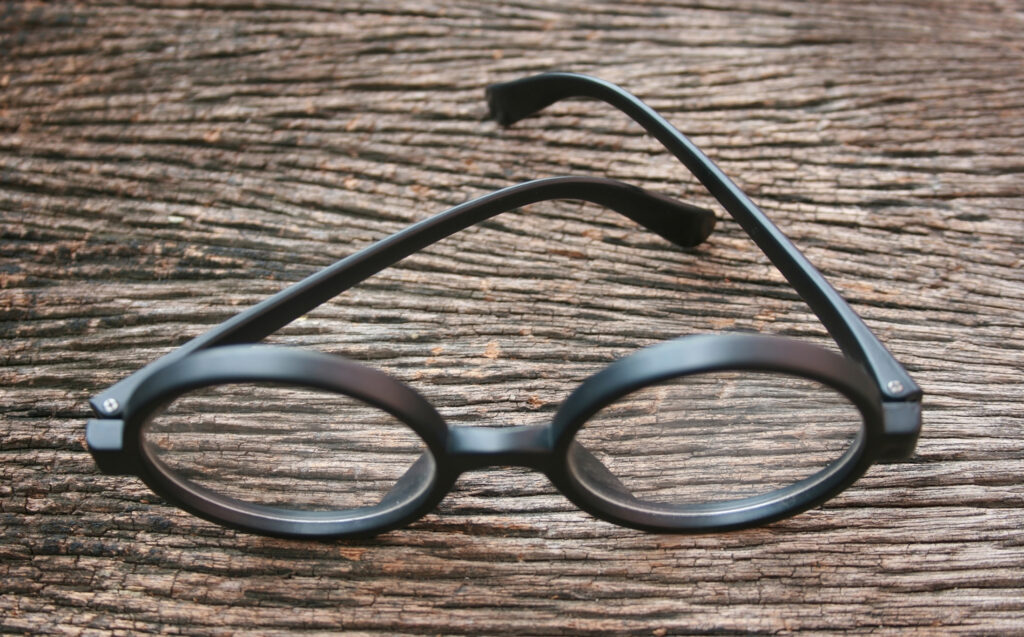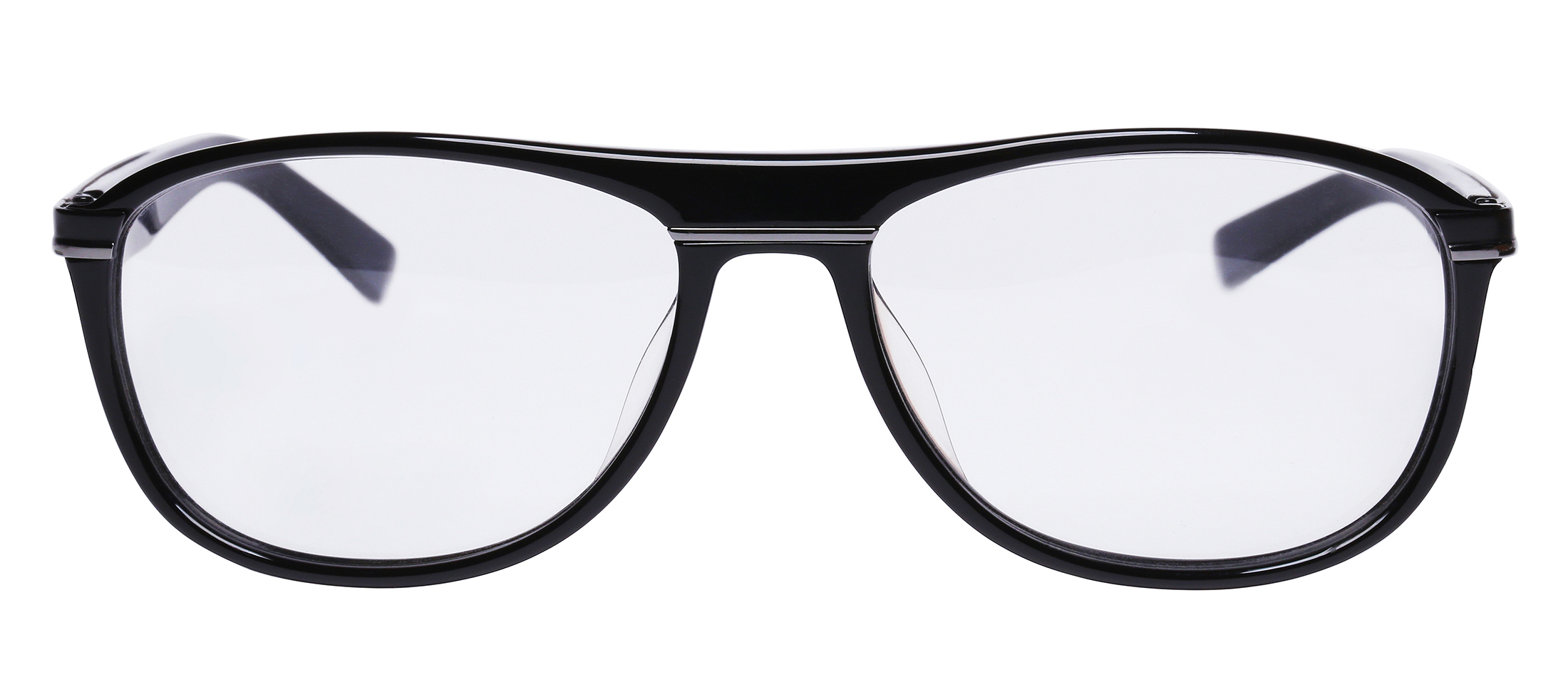Troubleshooting High Minus
With high minus prescriptions, it can be difficult to manage the thickness of the lens edge to make an aesthetically pleasing pair of glasses for your patient. Here are some work arounds and things to consider when dealing with high minus lenses.
The Biggest Factor: Frame Selection
When you’re dealing with a strong minus prescription, the single biggest influence on how attractive - or not - those glasses turn out is the frame you choose.
Minus lenses are always thin in the middle and thick at the edges. The larger the lens, the thicker the edge will be. So the first rule is simple: keep the lens as small as possible and center it perfectly over the eyes. If you don’t, you’ll end up with extra thickness somewhere - and that’s never a good look.
What 's a Good Frame for High Minus?
If you want to keep things looking sleek with a high minus lens, follow these rules:
- Avoid sharp edges — they highlight lens thickness.
- Stick with soft shapes — an oval frame is almost always the best choice.
- Keep it simple — the fewer angles, the better the lens will sit.
Design details like sharp corners around the bridge or outer edges draw attention to thickness. A gentle, rounded shape keeps everything smoother and more discreet.

Tools to Thin It Down
Sometimes, no matter how well you explain the realities of lens thickness, your patient or customer will insist on a frame that’s all wrong - and then blame you when it looks terrible. It happens.
When it does, you need a backup plan.
If the frame choice isn’t ideal, you have two other allies: lens material and lenticularization.
A high-index lens can make a big difference. For example, a 1.74 index lens can be about 33% thinner than a standard 1.49 index lens.
Another modern option is digital lens thinning, sometimes called lenticularization. This technology optimizes the center of the lens for clear vision and smooths out the periphery to reduce thickness. It won’t replace smart frame selection — but it helps when compromises have to be made.
Should You Polish the Edges?
There’s a persistent myth that polishing the edges of a thick lens makes it look better. From the outside, maybe - but from the inside, it’s usually a bad idea. A polished edge acts like a tunnel for light, causing glare and reflections that can be distracting or uncomfortable.
Better Ways to Hide Thickness
If you want to hide a thick lens edge, a plastic (zyl) frame is your friend. The thicker frame naturally masks the lens edge. Some labs also offer edge camouflaging, painting or tinting the lens edge to blend in with the frame - this works far better than polishing and actually reduces glare instead of creating more.

The Bottom Line
When you’re working with a high minus prescription, the right frame choice does most of the work. High-index materials, digital thinning and smart finishing touches can help — but nothing beats a small, well-centered, rounded frame for a beautiful final result.
